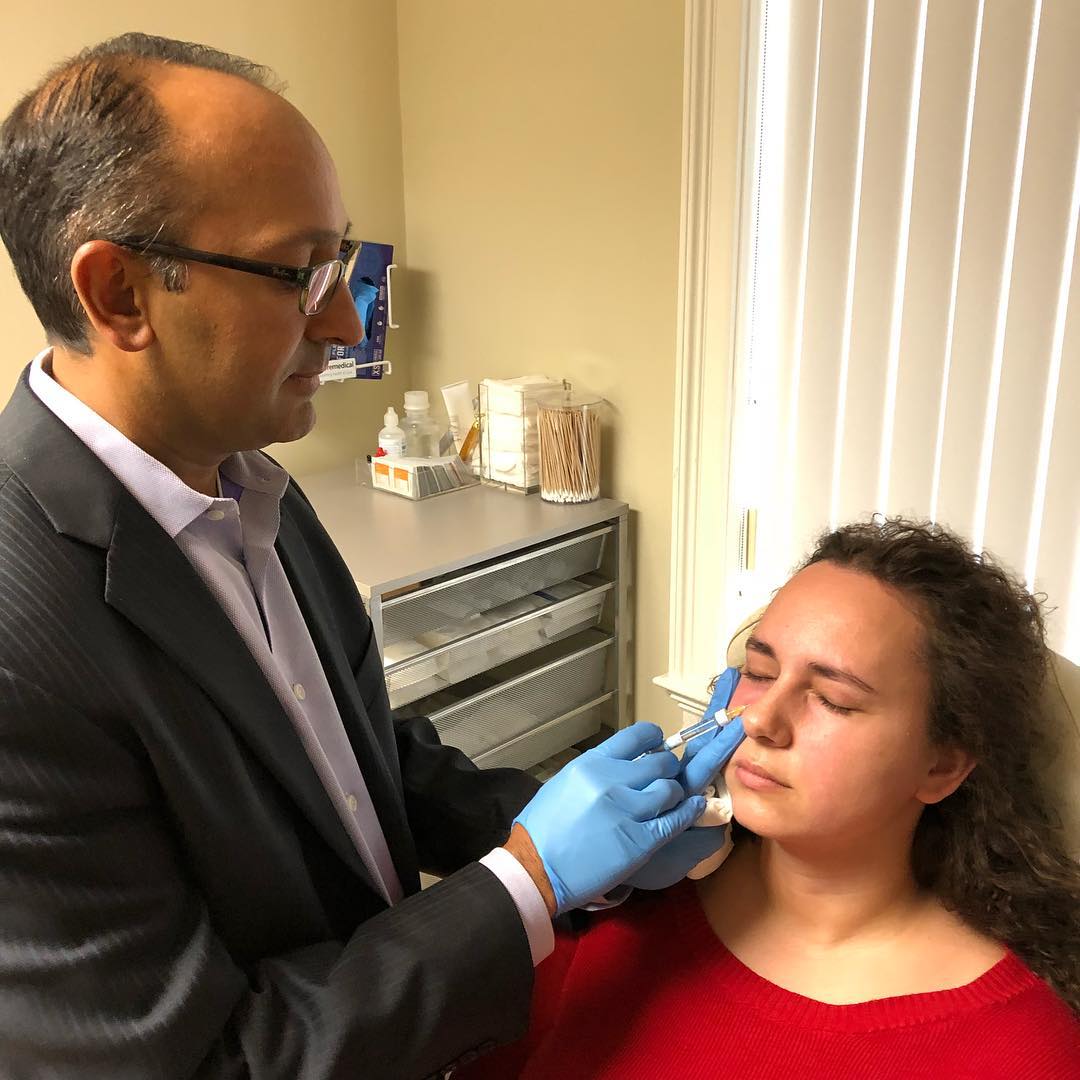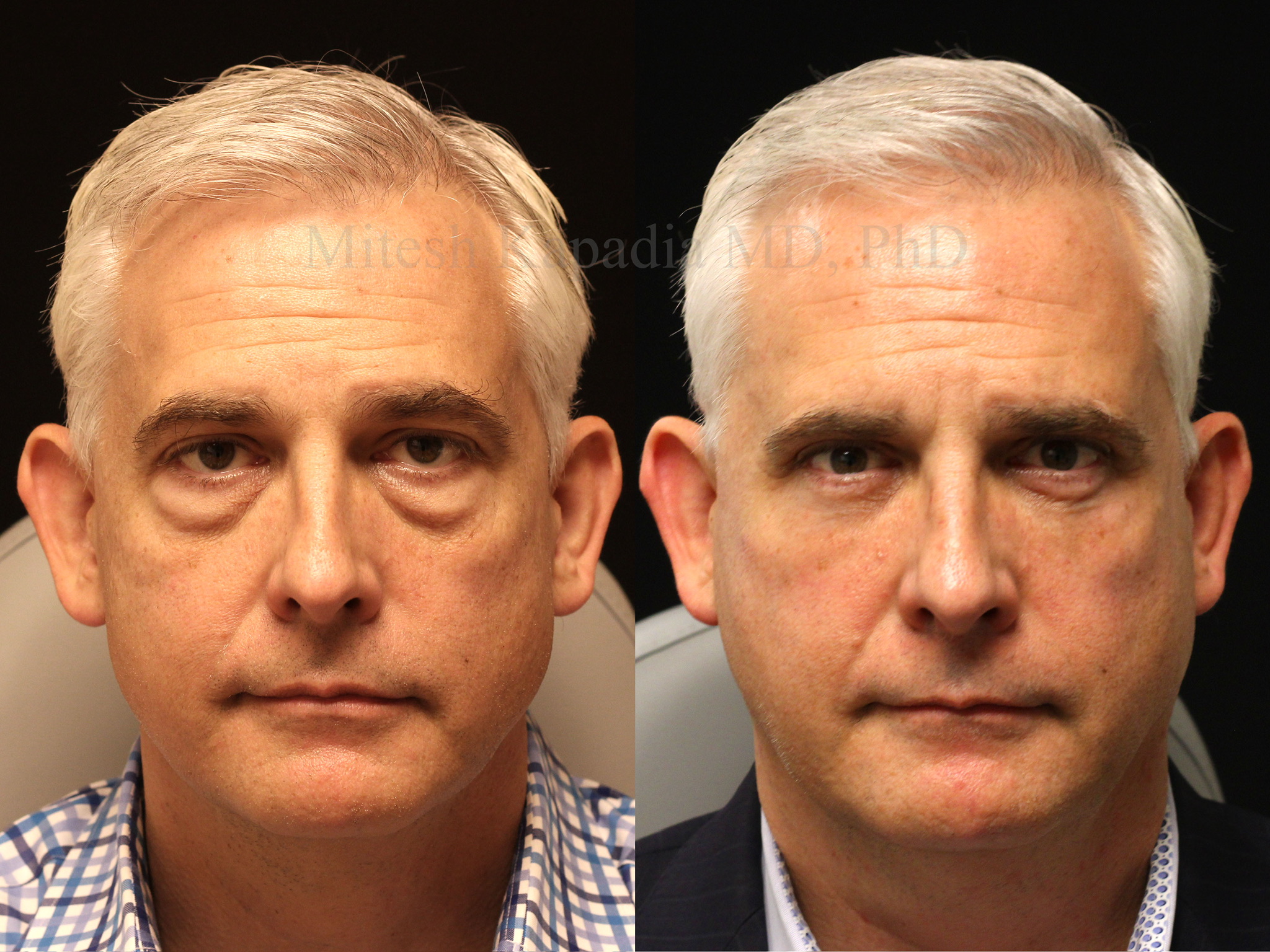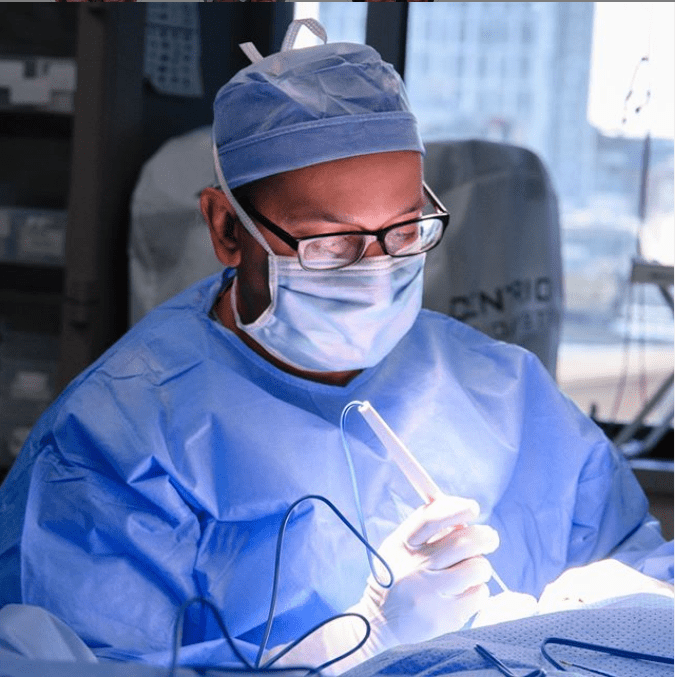Ptosis Repair and Eyelid Retraction
Ptosis Repair and Eyelid Retraction
Restore Symmetry and Balance to Your Eyes
Ptosis repair and eyelid retraction surgery address conditions where the upper eyelids are either too low (ptosis) or too high (retraction). These procedures aim to improve eyelid position and symmetry, enhancing both aesthetics and functionality. While perfect symmetry isn’t always achievable, the goal is significant improvement for a natural, balanced appearance.
Ptosis repair and eyelid retraction surgery address conditions where the upper eyelids are either too low (ptosis) or too high (retraction). These procedures aim to improve eyelid position and symmetry, enhancing both aesthetics and functionality. While perfect symmetry isn’t always achievable, the goal is significant improvement for a natural, balanced appearance.
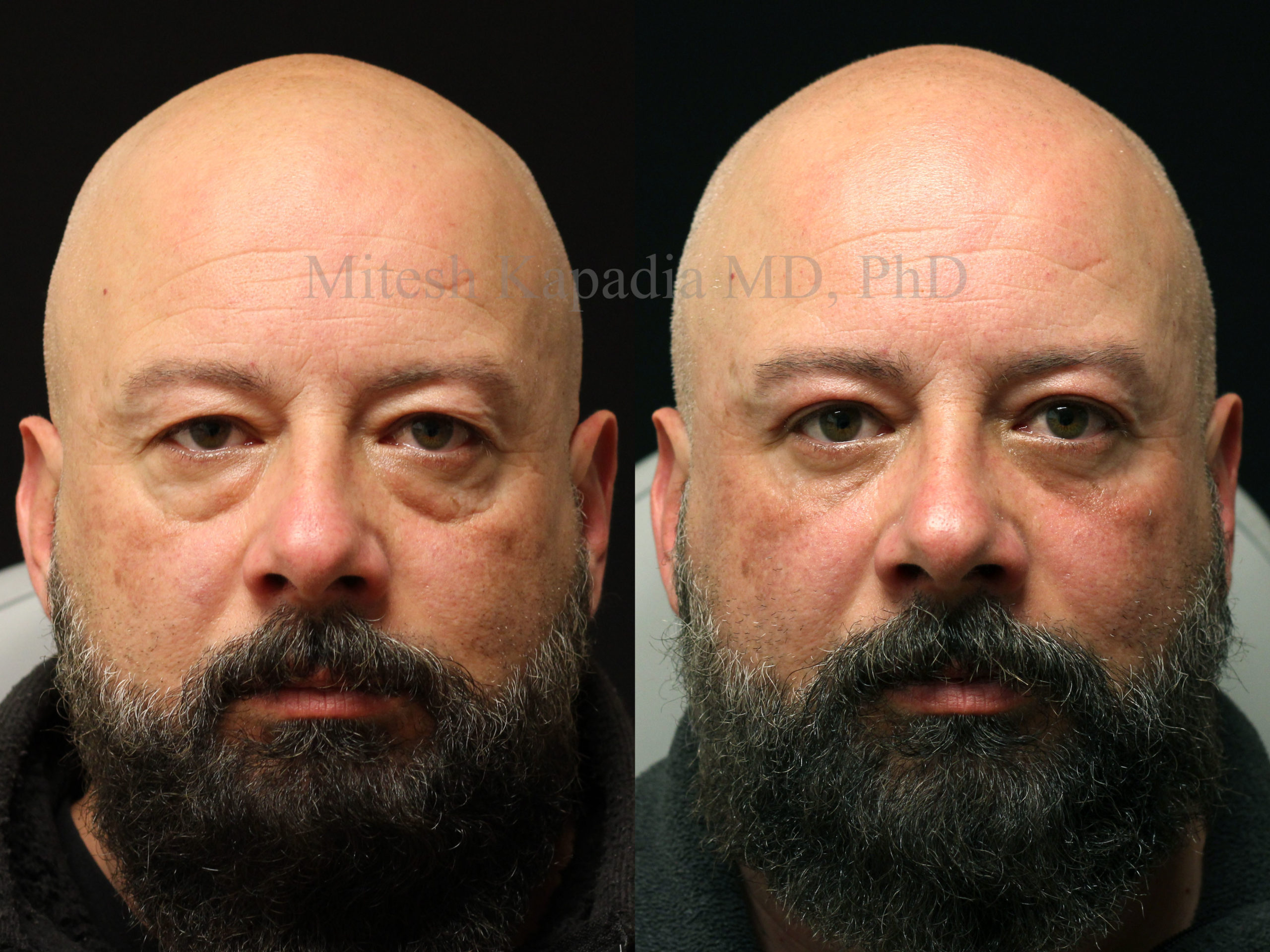
Key Benefits:
Procedure Overview:
- Ptosis Repair: Shortens the muscles that lift the eyelids to raise their height.
- Eyelid Retraction Repair: Lowers overly elevated eyelids for a more natural appearance.
- Procedures can be performed under IV sedation or local anesthesia, depending on the case.
- Recovery typically requires two weeks, though some patients return to work earlier.
Before and After Photos of Ptosis Repair and Eyelid Retraction Surgery
Before and After Photos of Ptosis Repair and Eyelid Retraction Surgery
Discover the transformative results achieved through ptosis repair and eyelid retraction surgery. These examples highlight significant improvements in eyelid position, symmetry, and appearance.
Discover the transformative results achieved through ptosis repair and eyelid retraction surgery. These examples highlight significant improvements in eyelid position, symmetry, and appearance.
20s Woman – 3 Months Post-Surgery
This patient underwent ptosis repair to correct drooping in her right upper eyelid. The surgery improved her symmetry and gave her a more balanced appearance, restoring confidence in her look.

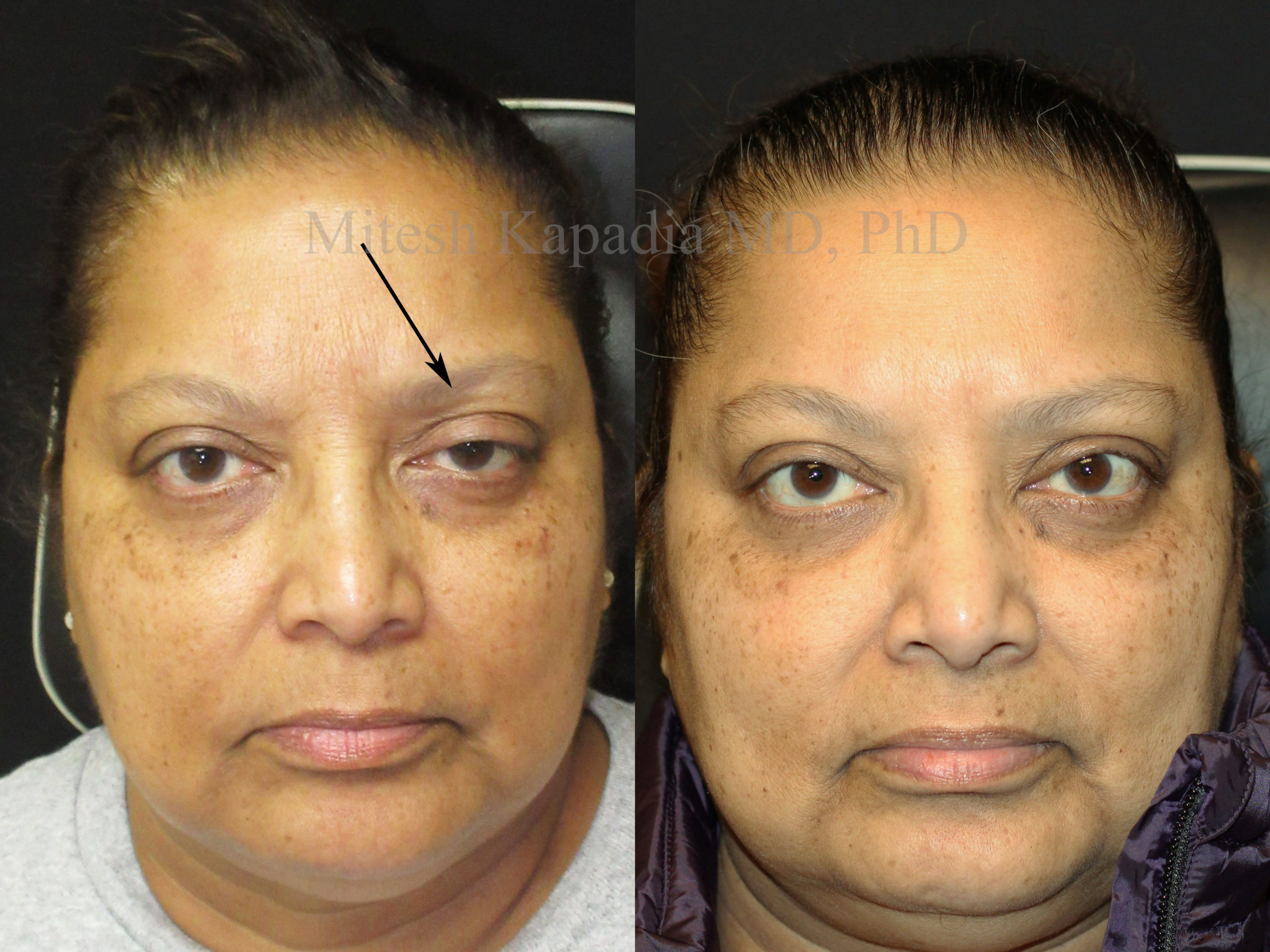
Early 60s Woman – 3 Months Post-Surgery
This patient had ptosis repair on her right eyelid and upper blepharoplasty on both sides. The procedures addressed severe drooping, giving her a more awake and youthful appearance while improving vision.
60s Woman – 2 Months Post-Surgery
Severe drooping in both upper eyelids impacted this patient’s vision and made her look tired. Combined ptosis repair and upper blepharoplasty refreshed her look and restored her ability to see clearly.


20s Woman – 1 Month Post-Surgery
This patient underwent eyelid retraction repair to correct a high eyelid position caused by a previous surgery. Post-surgery, her symmetry improved, and her eyes now appear natural and balanced.
Is Ptosis or Eyelid Retraction Surgery Right for You?
These procedures can improve the appearance and function of the eyelids, but perfect symmetry is not guaranteed. The goal is a noticeable improvement in eyelid position and balance.
Considerations
- Ptosis surgery is highly individualized and may require multiple procedures for optimal results.
- A consultation is necessary to assess candidacy and set realistic expectations.

